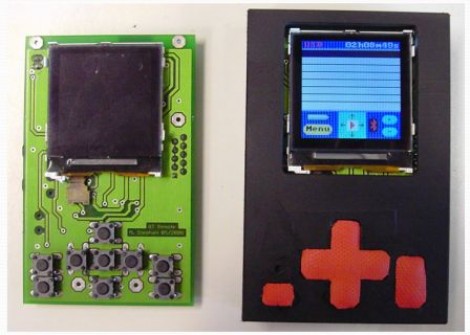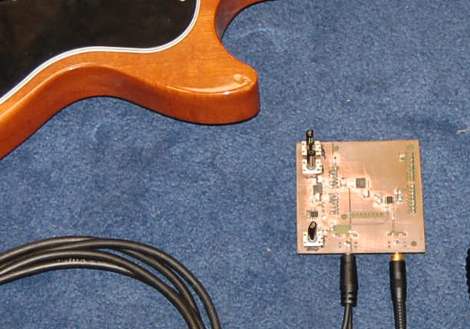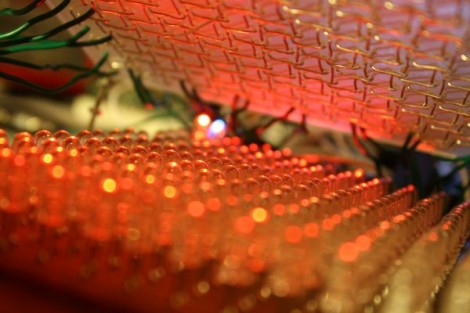
Tape decks in cars? Yes, that used to be quite common before optical media took over road. [Nirav Patel’s] 2004 Toyota Corolla had a deck that he used with a tape adapter in order to listen to music from his iPhone. But one day something happened and, although the adapter still worked, the cassette player started making distracting noises. [Nirav] set out to quiet the noise and install an auxiliary audio input for the sound system. There were some tripping points along the way, like breaking everything and starting a small fire, but perseverance got him to his goal. Because these units are built with compatibility for things like CD changers they have a communications bus called AVC-Lan. This protocol has been sniffed out and documented, and [Nirav] even found an existing audio-input hack that he based his design around. Now he’s able to plug directly into the dash and ditch the cassette adapter.
We’ve seen [Nirav’s] work a few times before. He’s shown us a first person shooter controller and his site was a resource in our Launchpad programming with Linux post.
[via Make]













